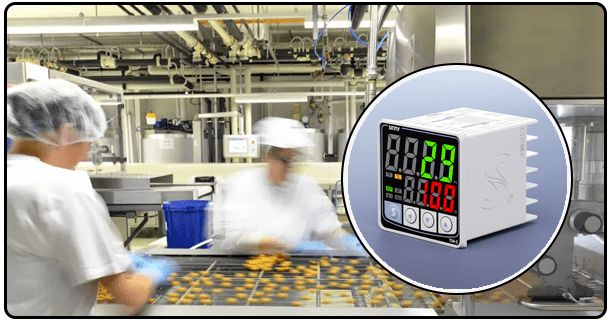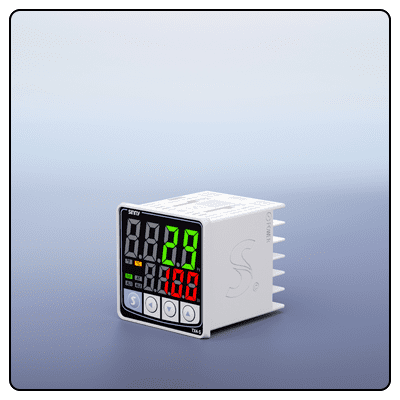How To Program A Temperature Controller?
Learn to program temperature controllers using our comprehensive guide. Master PID settings, auto-tuning features, and more for optimal process control."
Absolutely; here is an in-depth article entitled "How to Program a Temperature Controller: Steps from Start to Finish: A Complete Guide."
1. Master the Art of Programming Temperature Controllers
Temperature controllers play an indispensable role in many industries, ensuring processes take place at optimal thermal conditions. Programming one requires skillful hands that want precision in temperature-dependent processes. This comprehensive guide lays out steps you should follow to program an accurate temperature controller successfully.
2. Types of Temperature Controllers
Before diving into programming, it's essential to familiarize oneself with all of the available temperature controllers. Analog controllers typically can be programmed through dials and switches, while digital offers a user interface for more complex programming. PID (Proportional Integral Derivative) digital controllers offer precise temperature regulation - these will be featured throughout this guide.
Preparing to Program a Temperature Controller
Beginning the programming of a temperature controller requires adequate planning. Before setting out to program one, ensure you have your controller manual, the specifications for the system you are controlling, as well as essential tools like screwdrivers and multimeters. Be familiar with its functions and what process will need controlling before beginning to program a temperature controller.
3. Basic Programming Steps
1. Inputting the Sensor Type and Range:
Begin by inputting information about what kind of sensors your system utilizes (thermocouples or RTD), including their temperature range capabilities. Once this step has been accomplished, set desired temperature setpoint.
2. Setting the Desired Temperature Setpoint:
Enter the target temperature for your process. This setpoint is the temperature the controller will aim to maintain.
3. PID Settings:
PID settings determine how a controller responds to changes in temperature. You can alter these three components (Proportional, Integral, and Derivative settings) in order to improve speed and stability when controlling temperatures.
4. Advanced Programming Features (APFs)
* Auto-Tuning:
Many modern controllers come equipped with auto-tuning features that automatically adjust PID settings based on how your system responds to temperature variations. Ideally, you'd like to initiate auto-tuning during an uninterrupted period so the controller has time to learn your system dynamics.
* Alarms and Safety Features:
Program alarms to notify you if the temperature exceeds specified limits; safety features could include shutdown procedures if temperatures reach critical thresholds.
* Programming Multiple Zones or Stages:
Whenever your system contains multiple zones or stages, program each one separately in order to accommodate complex temperature profiles and sequences. This ensures the best experience.
Troubleshooting and Testing Services Available Now
Once programmed, you can just put your controller through its paces by running through a simulation or dry run of your process. Monitor its response and, if necessary, adjust PID settings; should any issues arise, consult your manual to troubleshoot common sensor or wiring errors as appropriate.
5. Maintenance and Updates
Proper care must be taken for the long-term reliability of temperature controllers to avoid calibration or firmware updates being necessary to support them. Schedule regular checks with your provider, as well as keep abreast of updates to their products or firmware versions.























